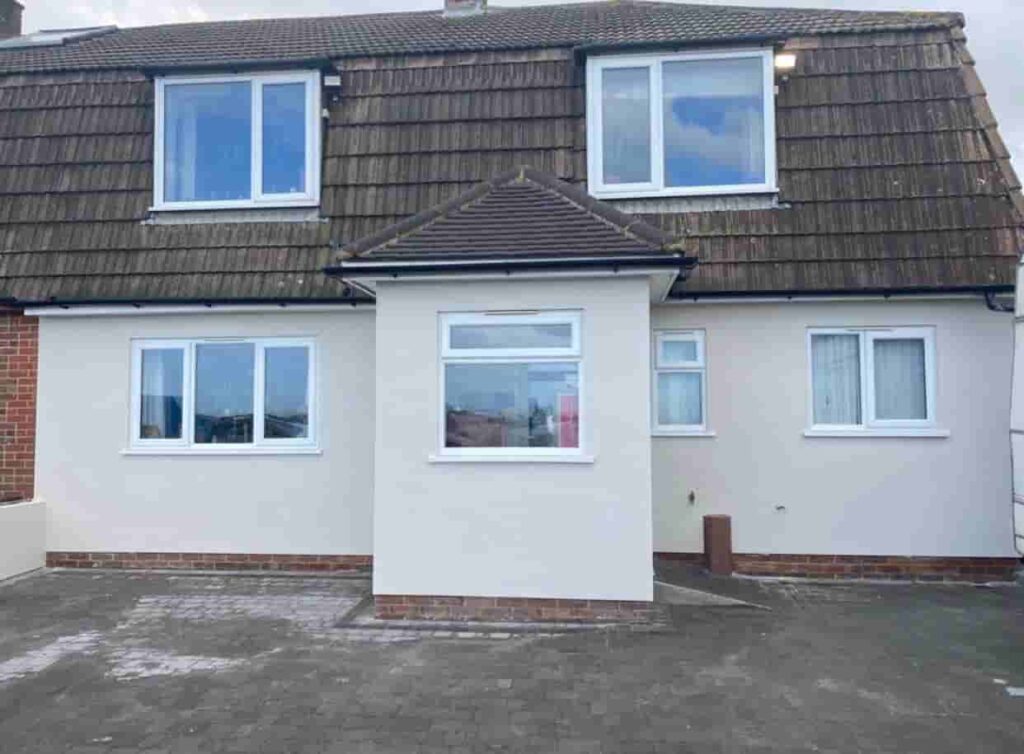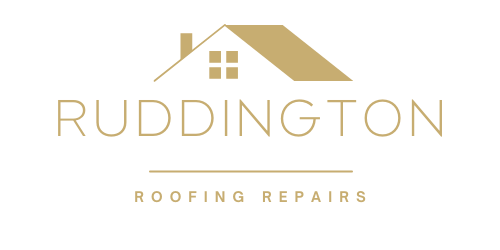Introduction: Lead flashing is a vital component of your roofing system, protecting your home from water intrusion in areas like roof joints, chimneys, and valleys. Over time, however, lead flashing may require repairs to maintain its effectiveness. When it comes to lead flashing repairs, choosing the suitable material is crucial to ensure the longevity and reliability of your roofing system. In this blog post, presented by Ruddington Roofing Repairs, we’ll guide you through selecting the suitable material for your lead flashing repairs.
Assess the Damage
Before choosing a repair material, it’s essential to assess the extent and nature of the damage to your lead flashing. Common types of damage include:
- Surface Damage may involve surface corrosion, scratches, or minor dents that don’t compromise the flashing’s structural integrity.
- Cracks or Splits: Larger cracks or splits in the lead can allow water to penetrate, leading to leaks.
- Loose or Detached Sections: Sections of the flashing that have become loose or detached from the roof or chimney.
Repair Options
Based on the type and severity of damage, you have several repair options to choose from:
1. Lead Patching
- Best for Surface damage, minor scratches, or small dents.
- Material: Lead patching material is often available as lead sheet or tape.
- Process: Clean and prepare the damaged area, cut a suitable patch from the lead sheet or use lead tape, and secure it over the damaged area using adhesive or soldering.
2. Lead Welding
- Best for: Cracks or splits in the lead.
- Material: Lead welding rods and a soldering iron.
- Process: Clean the damaged area, melt lead welding rods into the crack or split to create a seamless repair.
3. Sealants and Caulk
- Best for: Small gaps, cracks, or joints around the flashing.
- Material: High-quality roofing sealant or caulk.
- Process: Clean the area thoroughly, apply the sealant or caulk to the damaged area, and smooth it to create a watertight seal.
4. Flashing Replacement
- Best for: Extensive damage, loose or detached sections, or when the flashing is beyond repair.
- Material: New lead flashing.
- Process: Remove the damaged sections, clean the area, and install new lead flashing using appropriate fasteners and sealants.
Considerations When Choosing Repair Materials
- Compatibility: Ensure the repair material is compatible with lead flashing to prevent further damage or corrosion.
- Quality: Invest in high-quality materials to ensure long-lasting and reliable repair.
- Durability: Consider the material’s durability and resistance to weathering to ensure it withstands the elements.
- Ease of Application: Choose materials that are easy to work with, especially if you’re attempting DIY repairs.
- Professional Assistance: For extensive damage or unsure about the repair process, consult a professional roofing expert for guidance and assistance.
Conclusion: Choosing a suitable material for lead flashing repairs is essential to maintaining the integrity of your roofing system. Assess the damage, select the appropriate repair method, and use high-quality materials to ensure a successful and long-lasting repair. If you have any doubts or concerns about your lead flashing repairs, don’t hesitate to seek professional assistance from experts like Ruddington Roofing Repairs to ensure your roofing system remains secure and watertight.
Call us on: 0115 647 1193
Click here to find out more about Ruddington Roofing Repairs
Click here to complete our contact form and see how we can help with your roofing needs.

